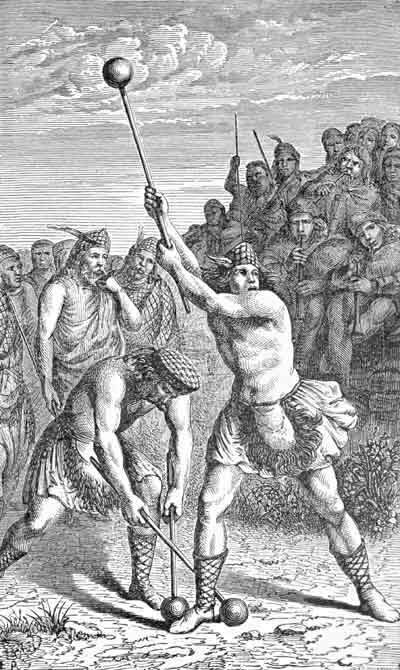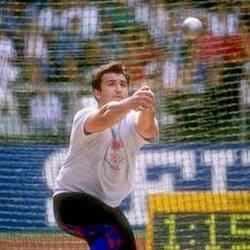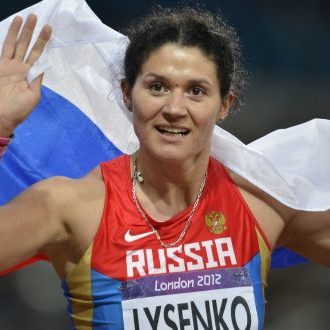The hammer throw is one of the four throwing events in regular track and field competitions, along with the discus throw, shot put and javelin. The “hammer” used in this sport is not like any of the tools also called by that name. It consists of a metal ball attached by a steel wire to a grip. The size of the ball varies between men’s and women’s competitions.
Hammer throw
History
With roots dating back to the 15th century, the contemporary version of the hammer throw is one of the oldest of Olympic Games competitions, first included at the 1900 games in Paris, France (the second Olympiad of the modern era). Its history since the late 1960s and legacy prior to inclusion in the Olympics have been dominated by European and Eastern European influence, which has affected interest in the event in other parts of the world.
The hammer evolved from its early informal origins to become part of the Scottish Highland games in the late 18th century, where the original version of the event is still contested today.
While the men’s hammer throw has been part of the Olympics since 1900, the International Association of Athletics Federations did not start ratifying women’s marks until 1995. Women’s hammer throw was first included in the Olympics at the 2000 summer games in Sydney, Australia, after having been included in the World Championships a year earlier.

Rules
The hammer is thrown from a circle with a 2.135-meter diameter (7 feet). Competitors may touch the inside of the circle’s rim but cannot touch the top of the rim during the throw. The thrower cannot touch the ground outside the throwing circle during an attempt, nor can he/she leave the circle until the hammer hits the ground. The circle lies within an enclosure to ensure the safety of the bystanders.
Equipments
The hammer is a three-part device that includes a metal ball, called the “head,” attached to a steel wire not longer than 121.5 centimeters (3 feet 11 3/4 inches), and a grip or “handle” on the end. The hammer is the only throwing competition in which athletes may wear gloves.
Men throw a 7.26-kilogram ball (16 pounds), with a diameter ranging between 110 to 130 millimeters (4.3 to 5.1 inches), while women throw a 4-kilogram version (8.8 pounds) with a diameter of 95 to 100 millimeters (3.7 to 3.9 inches).
Associations
- International Association of Athletics Federations.






